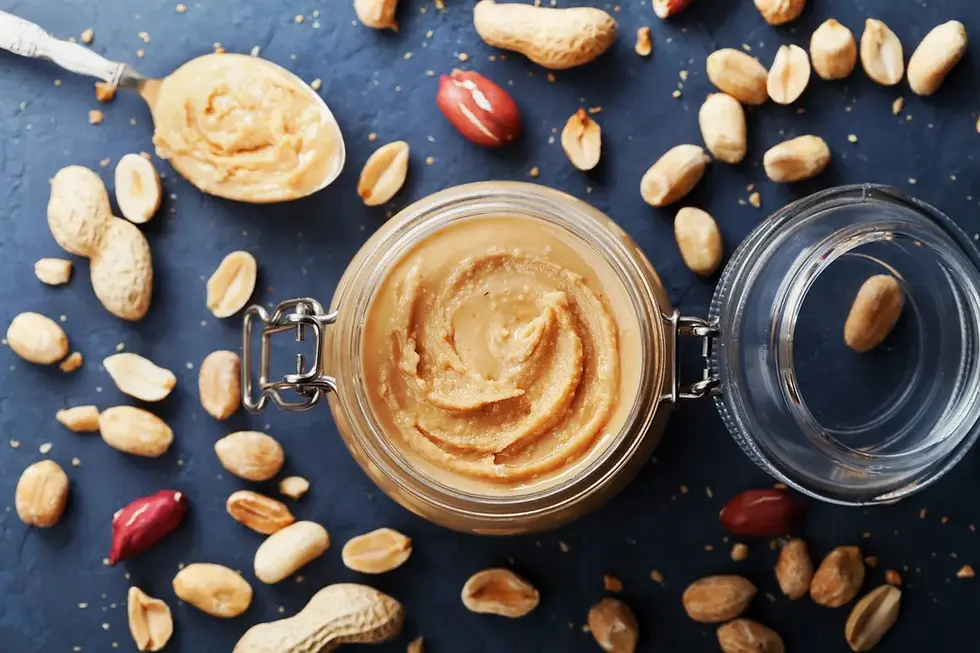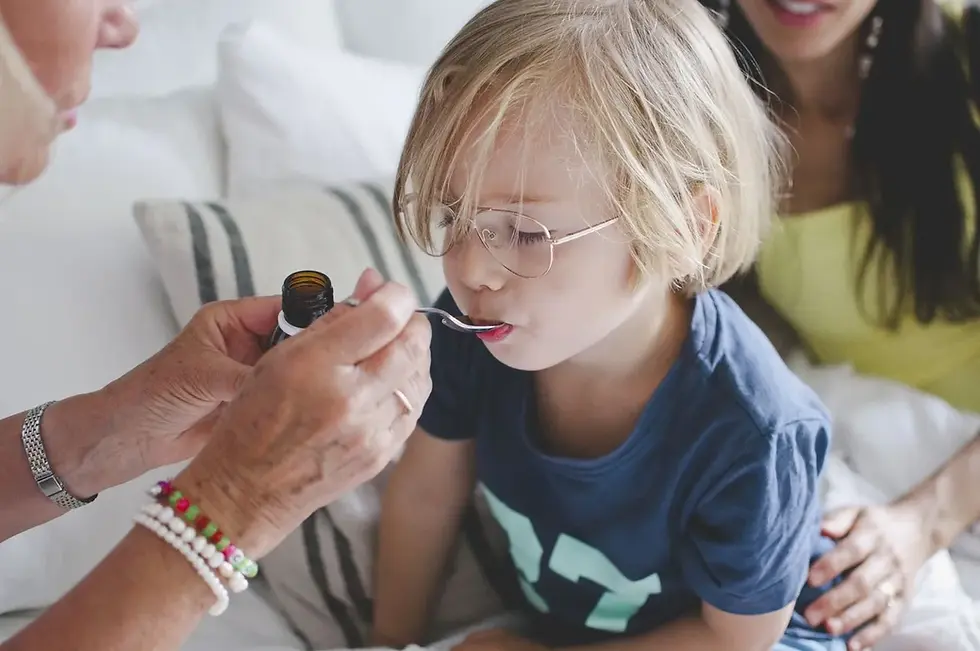Allergies and Anaphylaxis 101
- kaitlinrstockton
- Oct 10, 2024
- 2 min read
Updated: Apr 16

Symptoms of an allergic reaction can range from mild (isolated hives, irritated skin, etc.) to life-threatening anaphylaxis.
Q: What is anaphylaxis?
A: Think A,B,C. If your child has Airway compromise (lip/tongue/throat swelling), Breathing difficulties, or Circulation collapse (low blood pressure or fainting, turning pale or blue), OR if a child is experiencing two or more symptoms (e.g. hives plus diarrhea or vomiting, or hives plus difficulty breathing), it is anaphylaxis. Even if each symptom seems mild (scratchy throat/tongue plus mild hives plus diarrhea), this is still considered anaphylaxis and needs to be treated quickly and aggressively. If in doubt, call it anaphylaxis and treat aggressively.
Q: How do I treat anaphylaxis?
The first and most important medication is epinephrine, administered intramuscularly by an auto-injector (brand name EpiPen, EpiPen Jr.) or pre-measured syringe and needle. It is typically administered in the thigh, and can be injected through clothing. This is a SAFE and EFFECTIVE medication and will save your child's life. Here is a helpful video on how to use auto-injectors.
Next, call 9-1-1.
You can administer a second epinephrine auto-injector if there is no improvement in symptoms 5 minutes after the 1st dose.
The number one mistake I see caregivers make is to "start" with antihistamines in children who technically meet the definition of anaphylaxis instead of just giving them epinephrine right off the bat. This is usually (and understandably) because parents are uncomfortable with giving their child an injection. Please know that epinephrine will save their life and antihistamines will not. Giving antihistamines also delays life-saving treatment by giving parents a false sense of reassurance that they are doing something that will help.
Q: What about antihistamines?
A: Antihistamines treat hives, and only hives. If this is the only symptom your child has, it is OK to give them a newer-generation antihistamine such as children's cetirizine (brand name Reactine) or loratidine (brand name Claritin) and see if they get better (see my post on avoiding benadryl here). However, if they have more than one symptom or A, B, or C are compromised as outlined above, you must give epinephrine without delay (before giving antihistamines).
Q: Can food allergies be cured?
A: Although there is no cure for food allergy, there are exciting new therapies that show a lot of promise including oral immunotherapy (OIT). Any time you think your child has experienced a food allergy (red/swollen skin, hives, diarrhea/vomiting after ingestion, or anaphylaxis), it's important that they be referred to a paediatric allergist right away so you can discuss what treatment options are available for your child.
References:


Comments